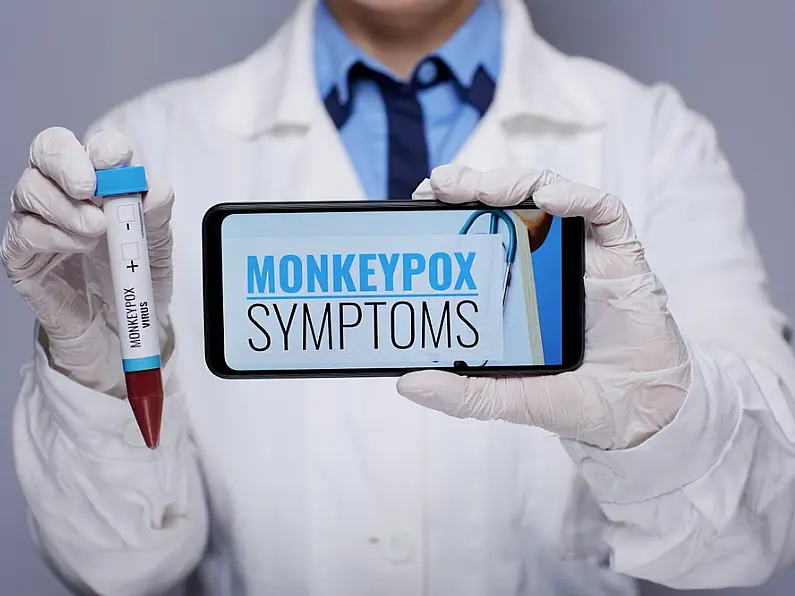The World Health Organisation has determined that the international Monkeypox outbreak is not yet a public health emergency.
The International Health Regulations Emergency Committee met on June 23 to consider the multi-country outbreak which has sparked alarm among pandemic-weary citizens across the world.
But the WHO Director-General agreed with the Committee's report and, at present, doesn't determine that the event constitutes a Public Health Emergency of International Concern.
However, the Committee unanimously acknowledged the emergency nature of the event and that controlling the further spread of the outbreak requires intense response efforts.
The outbreak so far
Since the beginning of May 2022, some 3,040 cases of Monkeypox have been reported to WHO from 47 countries.
Transmission is occurring in many countries that have not previously reported cases of Monkeypox, and the highest numbers of cases are currently reported from countries in the WHO European Region.
Initial cases of Monkeypox, detected in several countries in different WHO Regions, had no epidemiological links to areas that have historically reported Monkeypox.
This suggests that undetected transmission might have been ongoing for some time in those countries.
Signs and symptoms
The majority of confirmed cases of Monkeypox are male and most of these cases occur among gay, bisexual and other men who have sex with men in urban areas and are clustered social and sexual networks.
The clinical presentation is often atypical, with few lesions localised to the genital, perineal/perianal or peri-oral area that do not spread further.
Those infected have also presented with a rash that appears prior to the development of major symptoms such as fever and malaise.
Hospitalisations
There have been few hospitalisations to date, and one death in an immunocompromised individual was reported.
Ten cases of infection have been reported so far among healthcare workers, of which at least nine were non-occupational.
The WHO strategic plan
The “WHO Strategic Plan for the Containment of the Multi-Country Monkeypox Outbreak" emphasises that a strengthened, agile, and collaborative approach must be adopted, with a particular focus on raising awareness and empowering affected population groups to adopt safe behaviors and protective measures based on the risks they face.
Technical guidance offered to countries in support of their efforts in responding to the Monkeypox outbreak include:
- enhanced surveillance
- isolation of cases
- contact identification and monitoring
- strengthened laboratory and diagnostic capacities
- engagement with affected population groups and effective communication to avoid stigmatisation.
Outbreak anomalies
The Committee noted that many aspects of the current multi-country outbreak are unusual, such as the occurrence of cases in countries where Monkeypox virus circulation had not been previously documented, and the fact that the vast majority of cases is observed among men who have sex with men, who are quite young and not previously immunised against smallpox.
This observation is key because vaccination against smallpox is effective in protecting against Monkeypox as well.









